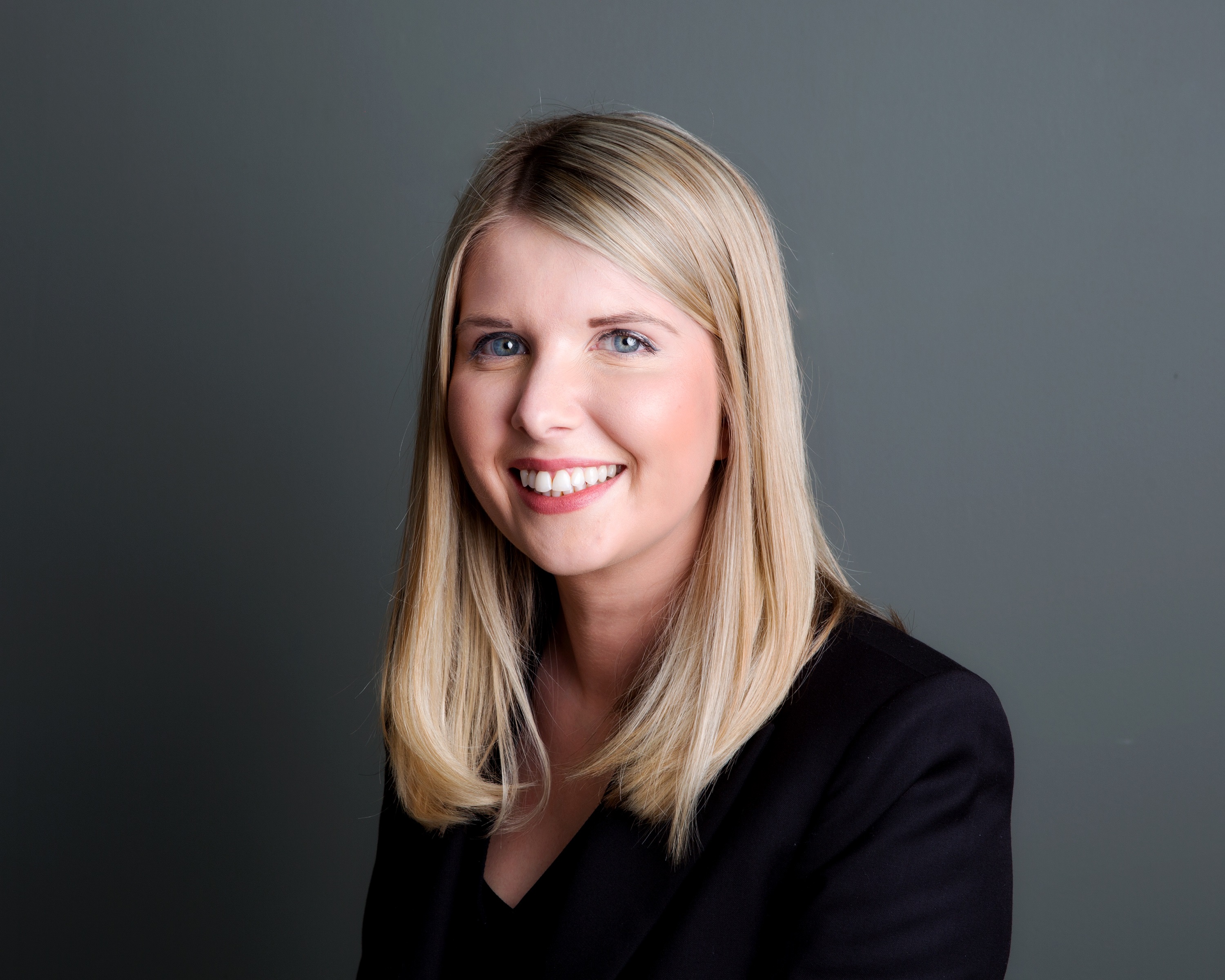Two Become One…Later: Mid-Life Marriage and the Working Woman
Published on 01 April, 2019 | Ellen Walker

Even if you weren’t a particular fan of the Spice Girls, it was hard to avoid the notion of ‘Girl Power’ during the late 1990s.
Although it was nothing necessarily new to have women making a valid contribution in the workplace, media – with imagination fuelled, at least in part, by the exploits of Scary, Ginger, Sporty, Baby and Posh – helped create a perception that the decade had seen a positive progression.
Across a range of professions, women were more visible and more noticeably successful than they might have been given credit for in previous generations.
Nevertheless, the onward march of career women does not seem to have been completely without consequence.
The latest tranche of data from the Office for National Statistics (ONS) illustrates a continuing increase in average age at which both opposite-sex couples are marrying (https://www.ons.gov.uk/peoplepopulationandcommunity/birthsdeathsandmarriages/marriagecohabitationandcivilpartnerships/bulletins/marriagesinenglandandwalesprovisional/2016#religious-marriage-ceremonies-declined-to-a-record-low).
Since the 1970s, heterosexual couples have been exchanging vows at a gradually older age. In 2016, the mean age at which men and women married stood at 37.9 years and 35.5 years respectively.
However, look a little closer at the underlying numbers and a couple of very particular patterns emerge.
Among them is the fact that women under the age of 20 are nearly three times as likely to marry as young men of the same age.
The likelihood decreases through their twenties and early thirties – past the new average marriage age – before plateauing in their forties and early fifties and declining still further on into later life.
The first phase of that development would appear to tally with the narrative of many women being married to their careers rather than a partner.
It’s relatively easy to interpret the figures as almost suggesting an impulse among some women to marry before pursuing a profession, the kind of attitudes which might well then be overtaken by the practicalities and commitment involved in establishing oneself in the workplace.
They could equally be not only professional but pragmatic, wanting to progress in their jobs in order to be able to afford a home in which to live as a spouse and bring up a family.
Many arguably never lose sight of those personal objectives and realise, by the time that they reach that their mid-thirties, the potential difficulties if they plan on starting a family.
Time would also seem to be a factor in another trend squirrelled away within the new ONS’ publication.
As I’ve been explaining to Steve Doughty, the Daily Mail’s Social Affairs Correspondent (https://www.dailymail.co.uk/news/article-6862807/Couples-60s-fuelling-boom-silver-marriages-weddings-older-people-double-2001.html), hidden among the fine details is an increase in the number of middle-aged men who are choosing to marry for the first time.
There are vague similarities with the pattern suggested related to the average age at which women marry in that it might be that men are building careers before deciding to settle down.
Some commentators would argue that, having possibly bought a house and achieved a certain level of personal wealth, they have more to lose should their marriages be brought to a legal rather than a natural end.
Even allowing for our greater longevity, such men – especially those without the insurance of a pre-nuptial agreement to limit the impact on their assets – might have less time to make up the sort of sums which they risk parting with in a divorce settlement.
The statistics might, of course, reinforce another pattern evident in other ONS’ data; namely, that men are even more likely than women to crave companionship in later life.
For those of means, life becomes a matter of hope of securing a lasting relationship rather than being one of the 42 per cent of marriages in England and Wales which end in divorce (https://www.ons.gov.uk/peoplepopulationandcommunity/birthsdeathsandmarriages/divorce/bulletins/divorcesinenglandandwales/2017#what-percentage-of-marriages-end-in-divorce).